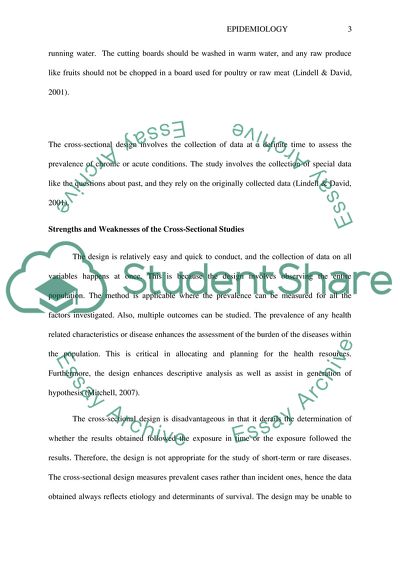Epidemiology Essay Example | Topics and Well Written Essays - 500 words - 3. Retrieved from https://studentshare.org/health-sciences-medicine/1621807-epidemiology
Epidemiology Essay Example | Topics and Well Written Essays - 500 Words - 3. https://studentshare.org/health-sciences-medicine/1621807-epidemiology.


